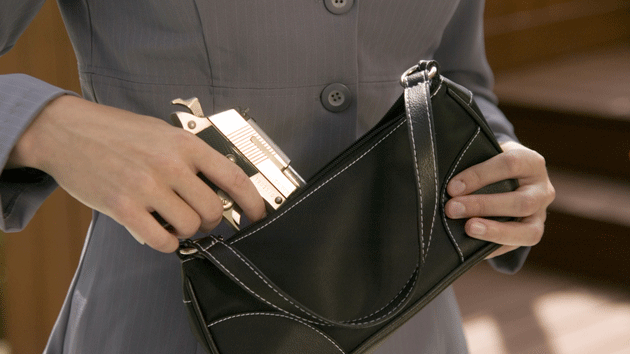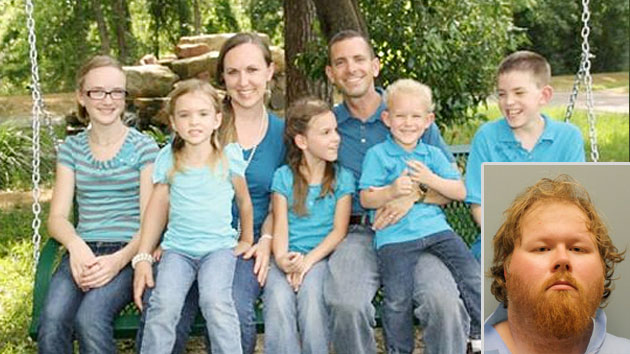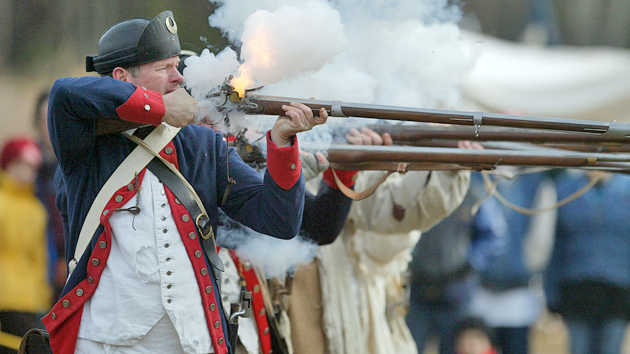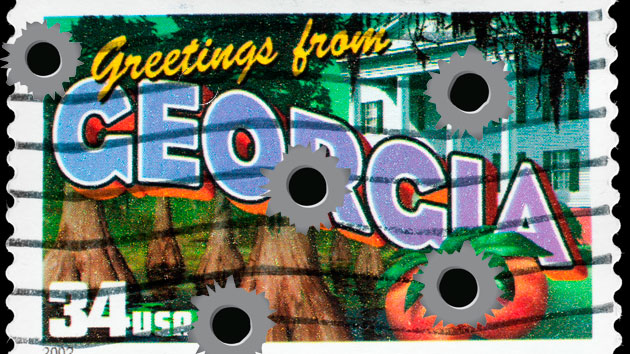
Darren Green/Shutterstock
A federal judge has ordered the District of Columbia to stop enforcing its restrictions on carrying handguns on the streets of the nation’s capital. The decision also forced the District government to allow out-of-state concealed carry and open carry permit holders to wield their weapons within steps of the White House.
Senior District Court Judge Fredrick Scullin Jr., ruling from his regular post in Syracuse, New York, said that the case is a no-brainer. Based on the US Supreme Court’s 2008 ruling in DC v. Heller, which validated the individual right to bear arms, Scullin said the city’s gun laws were clearly unconstitutional. He sided with the plaintiffs, who argued that while the city passed a law requiring a permit to carry a handgun in public, it then refused to grant them to anyone who planned to carry their weapons outside their homes, a move that violated the Second Amendment.
The Heller case, spearheaded by Alan Gura, the same lawyer who won this weekend’s ruling, struck down DC’s long-standing ban on the ownership of handguns. But in complying with the ruling, the city passed new laws in 2008 that were so restrictive that, the court said, they still prevented virtually anyone from getting a license to carry a handgun outside of their homes. And that, Scullin said, just won’t fly.
The potential implications of the decision are enormous, should it be allowed to stand. The District of Columbia is unlike any other American city. It’s filled with important federal agency buildings, monuments, courthouses, not to mention the White House. Visiting dignitaries, heads of state, and many members of Congress travel its streets on a daily basis.
DC is also home to large public events attended by all manner of VIPs, including presidential inaugurations, which are difficult enough to secure without the prospect of gun-toting citizens joining the fray. The security apparatus in DC is intense. And assassination attempts aren’t unheard of. Former Mayor Marion Barry Jr. was shot in 1977 in the DC Council building. John Hinckley Jr. shot President Reagan as he left the Washington Hilton. There was also the 2013 Navy Yard shooting that left 12 people dead. DC is a magnet for crazy people with guns, something law enforcement officials have long recognized.
Metropolitan Police Chief Cathy Lanier testified before Congress in 2008 against a bill pending in the House that would have accomplished what Scullin’s ruling effectively did, overturning the city’s gun laws. She noted that in order to watch the oral arguments in the Heller case, she had to leave her gun behind. No weapons are allowed inside the very building where the justices decided that the city’s gun restrictions were just too restrictive.
Many of those type of restrictions in DC will remain in place, regardless of Scullin’s ruling. Both DC and federal laws will still allow the government to bar the bearing of arms in certain places, including federal buildings, schools, the Capitol, etc. Traversing the District without encountering terrain that prohibits guns would be difficult. Just crossing the trendy DuPont Circle neighborhood might entail stepping foot on federal parkland, where guns are barred.
Even so, the ruling, which took effect almost immediately, could put a lot more guns into a city that’s spent untold millions trying to secure and defend against terrorist and other public safety threats. The plaintiffs in the case that prompted Scullin’s ruling, Palmer v. DC, argue that DC’s gun laws need to be overturned for the benefit of law-abiding citizens. The plaintiffs are all described as upstanding folks just looking to defend themselves on the mean streets of DC (or at least not get arrested for having a gun in the car, as one of them did). But, as any number of recent gun-related massacres can attest, not all legal gun owners are sane, stable, or well intentioned.
The Violence Policy Center has been keeping a running tally of all the people in the US who’ve been killed by people legally carrying a concealed weapon. Since 2007, that figure has reached 644, and it includes 14 law enforcement officers. Fewer than 20 of those deaths were deemed lawful self-defense. There’s a good reason why DC has banned the open or concealed carrying of weapons by ordinary citizens for 150 years. But thanks to the US Supreme Court, and now Judge Scullin, those common sense practices may go out the door.
Scullin’s ruling, at least in the near-term, is likely to be short-lived. The District has asked the court to stay its decision and let the city’s current laws stand until it can formally appeal the ruling or until it can revise its laws to meet constitutional scrutiny.












